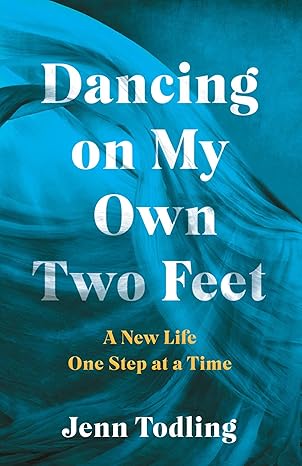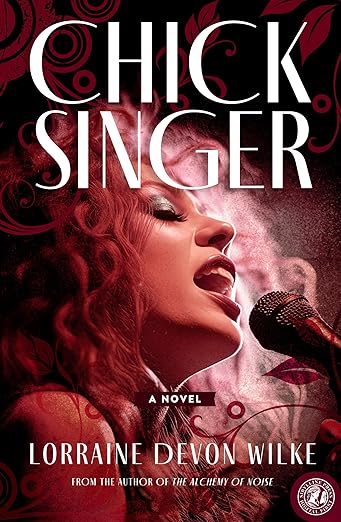How To Write What Hurts
 You have a story to tell; something you’ve experienced that can help other people. It’s been burning inside of you, screaming that you give it a voice.
You have a story to tell; something you’ve experienced that can help other people. It’s been burning inside of you, screaming that you give it a voice.
But, as I know too well, sitting in front of the computer is a completely different animal. Words freeze up as thoughts refuse to be expressed. Memories hide behind a “stiff upper lip” or feel too painful to share.
So, how can one go from feeling paralyzed to sharing a survival story?
I’m a full time author whose made it onto best sellers lists, magazines, and have had the privilege of speaking about my life at numerous public events.
Might sound like I have it all together, but I don’t. I’ve spent more time than I care to admit on the hamster wheel of self-doubt while writing. So, how do we, as authors, move from self-doubt to sharing some of the most private moments of our lives?
I’ve read before, “Write what scares you.” Since I’m not big on fear, I’ve turned that statement around.
Write what you love.
Let that passion fuel the vehicle of your message. Once you tap into that driving force, the flow of painful memories becomes much smoother.
My passion is helping people battle fear and unworthiness. I want to validate their success with truth and quiet old tapes telling them that they aren’t measuring up.
Writing is the perfect venue for that.
As a side note, don’t feel obligated to share what you’ve written. The act of privately expressing the memories is beneficial to your other works. In fact, in many ways, fiction is a better venue. Your characters become even more multi-dimensional as your passion threads through your manuscript.
 The first stumbling block that I experienced while writing the rough draft of my memoir, Ghost No More, was the uncertainty of wanting anyone to see it. I even had a weird thought, “What if something happens to me and this document is left on the computer for my family to read!” That fear stifled my words for a while. I wanted to couch my memories with more pleasant verbiage in case they were found.
The first stumbling block that I experienced while writing the rough draft of my memoir, Ghost No More, was the uncertainty of wanting anyone to see it. I even had a weird thought, “What if something happens to me and this document is left on the computer for my family to read!” That fear stifled my words for a while. I wanted to couch my memories with more pleasant verbiage in case they were found.
Finally, weirdly enough, I had to give myself permission to express my emotions in order to move forward with the project. I had to tell myself, “You have the right to these feelings.” In doing so, I became an advocate for that time in my life when I had no advocate of my own. It was scary, but healing as I gave a voice to thoughts that I’d been too afraid to admit even to myself.
It wasn’t easy. In fact, it was terrifying to lift back my tough protective layer and expose the inner vulnerability of those memories. At times, I felt shaky and even grieved again. But I did it to be authentic and hopefully validate other survivors who felt the same way.
The next problem I faced was the invisible “person” reading my manuscript over my shoulder. Judging the writing. Questioning it. If this is you, stop. Tell whoever you have “looking” over your shoulder to get lost. Do whatever it takes to get out of that headspace. Write for yourself— whatever is in your heart, even if it’s a grocery list. Get the words out. The time for shaping them is later.
If you’re writing an unpleasant memory, be kind to yourself. My first draft was a mess. Some of the sentences were run-on’s as I just tried to get through the experience.
 That’s what editing is for. Later, you can sift through and shape what you have. But, in the first draft, allow yourself the freedom of expression as you write. After all, so often we were denied the chance to communicate emotions at the time for one reason or another.
That’s what editing is for. Later, you can sift through and shape what you have. But, in the first draft, allow yourself the freedom of expression as you write. After all, so often we were denied the chance to communicate emotions at the time for one reason or another.
When you’ve finished your rough draft, reward yourself. That was hard work. Don’t be afraid to walk away for awhile before you start the editing process. Editing an emotional piece takes patience.
As I start my editing process, I keep a note on my desk to remind myself of why I wrote it. Why was it important to me to expose this raw emotion or memory? Keeping the end-goal in sight is what helped me get through those scenes that drew on my deepest, darkest moments.
Usually, about half-way through editing, I think it’s all crap and want to chuck it. I’m convinced it won’t resonate with my readers and every word feels clumsy. If this happens to you, don’t despair. Just keep trucking along. Remind yourself you are writing your passion.
Whether it’s fiction or nonfiction, I’m a subtle writer. I want to draw my reader into the experience with me—take my hand and let’s explore this path—rather than tell them how the main character is feeling. I start the scene by identifying what my is goal for my audience to feel. What emotion am I trying to connect with? How does the scene make me feel?
Again, write what you love. The amazing thing about writing what you’re passionate about is what you get in return. You’re giving a voice to the very core of your soul that otherwise might still be silent. And that’s very empowering, both to you, and to your readers who will connect with your words.
—
CeeCee James is a wife, mom of four kids and pet mom to two mini-dashchunds. She’s always loved to read and always had her nose in a book– getting her into trouble at school when she’d sneak it in her text books.
Writing has been a life long passion. Her first works were published in middle school and she won several short story and poetry competitions through out her life. Her published works include the Angel Lake Cozy Mystery series, nonfiction Ghost No More, and Wrecked and Yours, a sweet romance series. She loves writing about love, humanity’s struggles and the celebration of life. Sometimes there is beauty even in the chaos of a messy moment. For her, writing is about taking time to savor those moments.
Follow her on Twitter @SunshineonMe3
Category: Contemporary Women Writers, How To and Tips





























Comments (1)
Trackback URL | Comments RSS Feed
Sites That Link to this Post